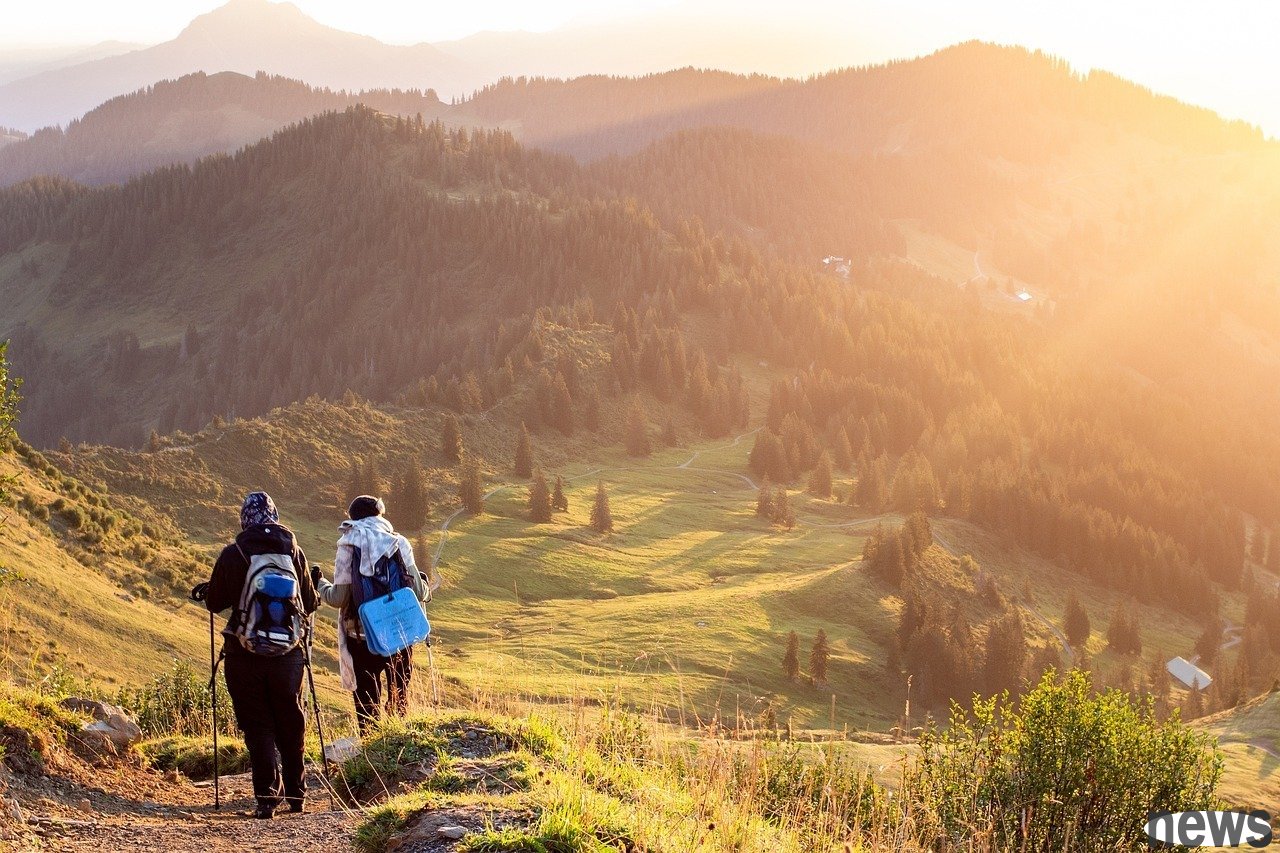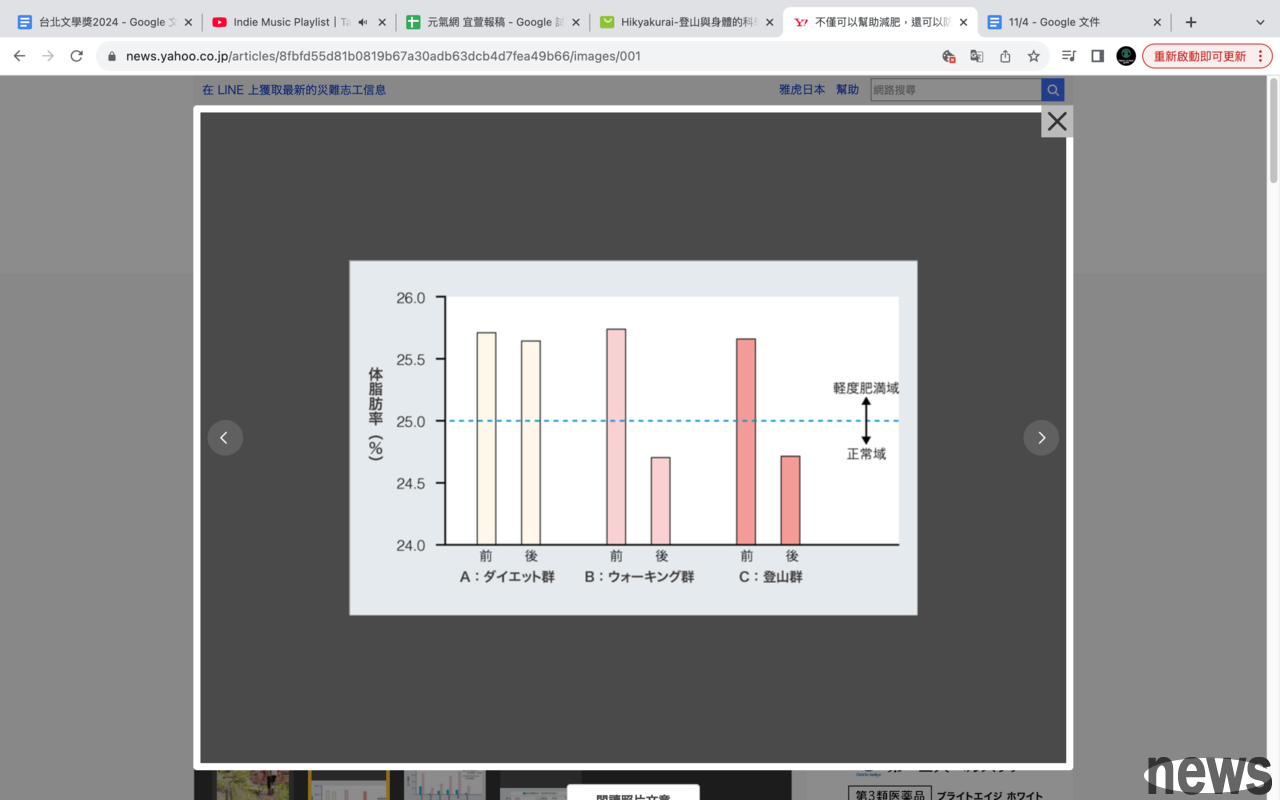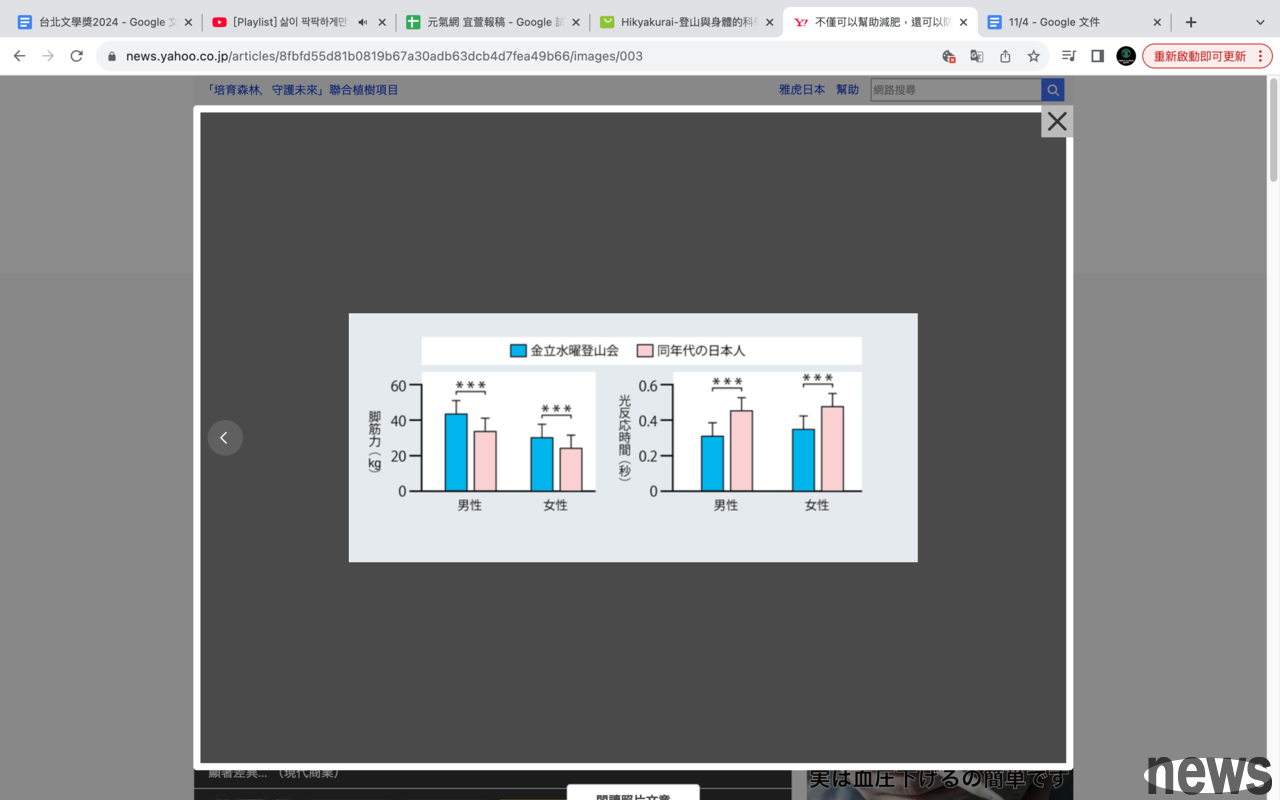In the past few years of the COVID-19 pandemic and the post-epidemic, the mountain climbing activity has once become a hot trend. In addition to going to the suburbs and mountains, the people even challenged the top of the mountain. In his book Scie...

In the past few years of the COVID-19 pandemic and the post-epidemic, the mountain climbing activity has once become a hot trend. In addition to going to the suburbs and mountains, the people even challenged the top of the mountain. In his book "Science of Mountaineering and the Body", Japanese sports physiology professor Masaya Yamamoto shares with you the effects of hiking and the benefits of health from the perspective of physiology.
The effect of hiking on weekends is equivalent to walking for 1 hour a dayhiking is a "medium strength, long time" aerobic exercise. Masayoshi Yamamoto did a study to compare the differences in the effects of walking on flat ground and climbing on fat reduction. The subjects of the study were 10 middle-aged and elderly men with slightly overweight and were divided into three groups for a one-month experiment.
A: only diet control is performed.
B group: implement diet control and walk on flat ground for 1 hour a day.
C group: implement diet control, and climb the mountain once a week for about 5 hours.
 The results of
The results of
show that the lipid rates of both Groups B and Groups C fell from the obesity area to normal, and both successfully reduced nearly 1% of the lipid in one month. On the other hand, the A group that only eats but does not exercise has almost no change in the fat rate and cannot break through the fat obesity area. This is a very suitable choice for people who are too busy on weekdays and have no time to exercise. The fat-reducing effect is comparable to the daily walking movement.
The impact of long-term light mountaineering on healthThe author also conducted research on a group of mountaineering members who have been "light mountaineering" for a long time. They conduct "light mountaineering" for about 3 to 4 hours a week. Because many people climb together, the walking speed is slower, and it is a suburban mountain with an altitude of about 500m and easy to climb. Compared to climbing, it is more like a long foot or hiking.
Study classified diseases into epistemic diseases related to lifestyles such as hypertension, diabetes, abnormal blood lipidemia, and related to sports syndrome: knee joint disease, low back pain, and loose bones. It was found that people with light mountaineering habits had significantly lower rates of these diseases than those of their peers.
{twenty three} {twenty four}
Light climbing not only reduces the incidence of disease, but also increases physical fitnessIn addition, the author also compared the differences between these mountaineering members in "leg strength" and "agility" and the general public. Studies have shown that people with mountaineering have 25% more strength than the general population, and their body responds to light faster, with about 30% more agility.

Whether it is health status or physical fitness, it will decline slightly with age. Practicing light mountaineering is like a physical medicine for middle-aged and elderly people, and it is also the prescription for readers in this book.